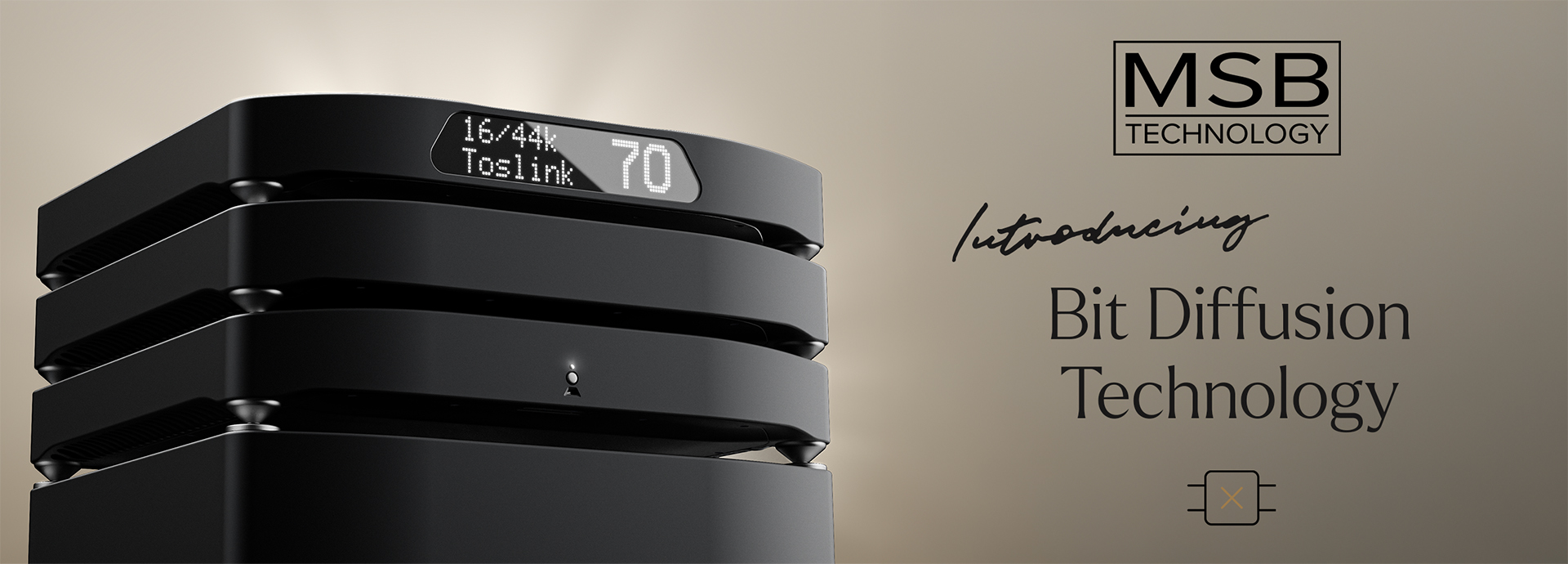Yes, you both have gone a route that is probably easier to mitigate the noise floor fluctuation that seems endemic to S-D DACs, although I also believe that it's possible to tame the S-D DNF issues.Mike's DAC as well as mine (Yggdrasil) are multibit ladder. They should not be affected by the noise shaping problems of sigma delta. Or does the ADC side carry through?
IMO the stability of the reference is a matter of applying extreme hygiene in both recognising sources of disturbance & in treating these disturbances. As we see inter-chassis grounding, USB isolation, & other approaches all seem to point towards this signal ground stability.As for jump factor and palpability, that is also system dependent of course, not just a matter of digital or analog source. With my DAC in my system, these attributes are on a very high level. My system has weaknesses, but nothing significant in these areas. In a system less designed around jump factor, my DAC will seem to perform less well in this area.
I'm also of the opinion that understanding what factors are ACTUALLY of importance at the technically level will require or at least be accelerated by our understanding of how auditory perception works & what for instance, role noise has in our perception. For instance all real world sounds have noise backgrounds - not just random noise - reproducing this background pattern noise accurately may well be one of the switches that is flipped which our auditory perception evaluates as more realistic.
I've said it before that auditory perception is fundamentally a processing task, albeit a very complicated processing task which uses many different techniques to solve the problem. The problem is encapsulated in the phrase "poverty of the stimulus" - there just isn't enough data in the audio signals to reach a conclusive auditory scene (especially in the time required) - yet we are not aware of this lack of confidence in our determination, except in rare situations.
What this means is that some of the techniques used are statistical, probabilistic. For instance we immediately recognise the sound of rain or of fire crackling, even though each of these occurrences of rain has different spectral content. Similarly for fire. We seem to be able to analyse & store statistical patterns of auditory features with which we compare incoming sounds to. The whole area of noise would likely fall into this statistical pattern matching & for realism perception it needs to match our pattern expectations.
As I said, the dual approach of relating observations, like we have here, with possible psychoacoustic mechanisms & the other side of using known psychoacoustic mechanisms to predict or understand observations - both of these approaches together seem to me the best, most productive way to understanding.


